The woman who shaped Hollywood
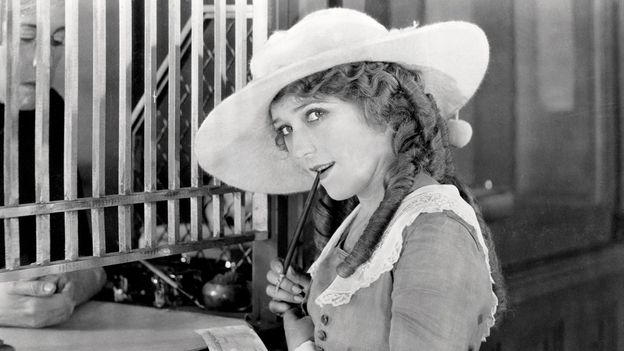
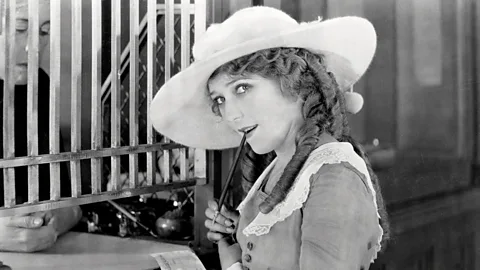 Getty Images
Getty ImagesHer move from stage to screen was dismissed as a fad – but Mary Pickford went on to earn millions and co-found United Artists. Amy Nicholson looks at how ‘old monkeyface’ became ‘America’s Sweetheart’, helping to shape the US film industry.
In 1911, William deMille made the most boneheaded prediction in the history of acting. A theatre kid he’d known was quitting the stage for the moving-picture screen. “She can’t be more than 17,” he tut-tutted in a letter, “and now she’s throwing her whole career in the ashcan and burying herself in a cheap form of amusement. There will never be any real money in those galloping tintypes.” The theatre was 2,500 years old, and this girl was risking her future on a fad. “Say goodbye to little Mary Pickford. She’ll never be heard of again.”
Four years later, Mary Pickford was the most famous woman in the world; the first female celebrity not just known by name, reputation or sketch, but even the way the corners of her eyes curled down when she smiled. Everyone who’d seen her in Tess of the Storm Country (1914) or Rags (1915) knew exactly how she looked – long ringlets, childish dresses, the image of innocence – and they froze her like that forever. The curls cost $50 each, a fortune when a movie ticket was just over a nickel, and Pickford travelled with a suitcase of them.
 Getty Images
Getty ImagesThe hair belonged to her, but she belonged to everyone. Strangers stole the flowers from her hat and got upset if she ran around barefoot on film. When a child spotted America’s Sweetheart with a manicure – ”Mama! She’s not a real little girl! She has long fingernails!” – Pickford clipped them short and banned herself from fiddling with lipsticks and pencils in public in case someone mistakenly thought she smoked. Women she’d never met asked her for thousands of dollars, and hinted it would be her fault if they sold their bodies instead. One time, a man stared at her for two minutes and finally said: “You may have the face of an angel and the heart of a devil. If you have, I pity you. If you haven’t, I pray for you.”
Today’s actresses expect mass scrutiny. Pickford invented it, against her will. Yet she had worked hard for this fame. Hard work was all she’d ever known.
If you asked Pickford why audiences loved her, she’d answer that she was under no delusion that she was Hollywood’s most beautiful or talented actress. Cameramen called her ‘old monkeyface’, and Pickford knew she was better suited for light entertainment than complex tragedies. People fell for her combination of softness and steel. Her characters in movies like The Little Princess (1917) and Daddy-Long-Legs (1919) were vulnerable. They were poor; or they were rich and they’d become poor; they were orphaned or abandoned or simply left in charge to save the day – but they never broke.
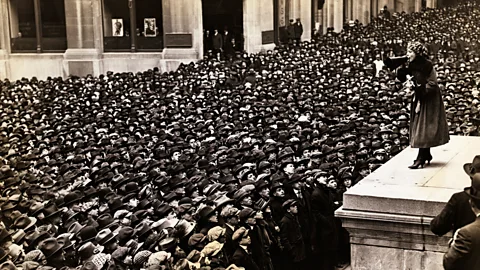 Getty Images
Getty ImagesCredited with defining cinema’s ingénue archetype, Pickford was Hollywood’s first close-up and Hollywood’s conscience. Soldiers wore her portrait in lockets they took to war. She looked Victorian and acted modern. She was the first actress to fly in an airplane on film, and she invented spot lighting to make herself look younger. Before Pickford, the movies were disreputable. No wonder her career change alarmed deMille. But instead of Hollywood destroying her, she helped rescue it – which makes her the ultimate Hollywood heroine.
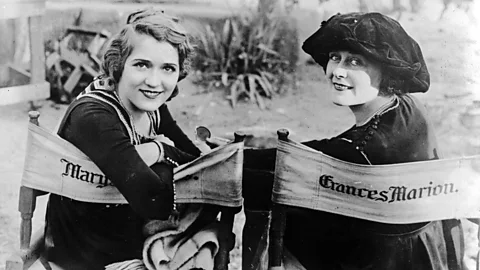 Getty Images
Getty ImagesNot that Hollywood had been the goal. When Pickford was five and still named Gladys Smith, her widowed mother Charlotte allowed a travelling theatre couple to put her on stage for a fee. The applause was great; the cash was better. Pickford was driven by success, almost frighteningly so, even in her first years as an actress. She’d stab her cheeks with a hair pin to imitate the older blushing beauties. School was out – Pickford only attended for three months – and instead learned how to read from the billboards she’d spot on the road. (She claimed a lifelong hatred of cerise, the dark-red colour of train seats.)
She’d met deMille when she performed in his play on Broadway at the age of 15. His younger brother Cecil (who capitalised the family name to make it ‘DeMille’) was another cast member. Both men would become big names in Hollywood – years after Pickford showed the doubters that it could be done. She arrived in 1910, the month before Hollywood even got its official name, as the rising star of DW Griffith’s Biograph Company.
The movies were her mother’s idea. At first, Pickford had hoped Griffith would say no. But in those first days, directors were desperate for actresses, so he dragged her into his studio, painted her face black and white – “I looked like Pancho Villa,” she groaned – and ordered this teenage theatre veteran to overact. She refused, and their relationship dynamic never changed. Griffith was determined to break Pickford’s will, mocking her as “the Great Unkissed” – and she was the only actress who fought back, because she had her stage career as a safety net.
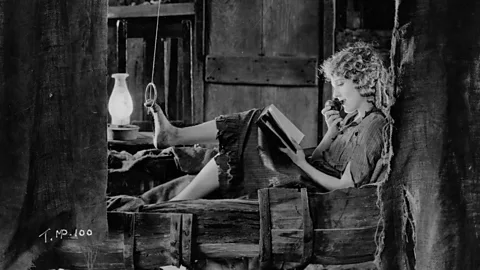 Getty Images
Getty ImagesOne day, after an early short called Wilful Peggy had been a bit of a hit, Pickford was recognised by three fans. People knew her face. She immediately asked Griffith for a $5 raise. He’d been trying to prevent her from realising her value – he’d ordered all fan mail addressed to “the girl with the golden curls” torn up before she could see it – but the fame she was gaining couldn’t be dodged forever. Not that Griffith didn’t try hiding her hair under black wigs.
Within a few years, Pickford’s annual salary was $560,000, three-quarters of which she prudently put straight into savings, and a year after that it was a million dollars. To earn that kind of cash, Pickford could only afford to be loyal twice over: to herself, and to her audience. Being loyal to herself meant breaking up with any studio if someone else made a better offer. She knew her own worth, so when after two and a half years and 103 films, Griffith ordered his headstrong star to flash her legs in a caveman costume, she quit. And being loyal to her audience meant she had to stay a child forever: a grown woman, as smart and tough as any businessman, spending her life scampering around oversized furniture designed to make her look smaller. Alice in an eternal wonderland.
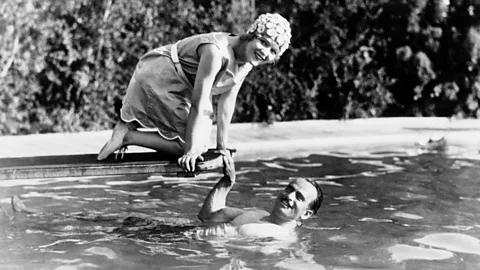 Getty Images
Getty ImagesIn her own way, she rebelled. First, she married a condescending older actor named Owen Moore, in part to prove she was an adult. Their relationship was one of her rare bad decisions. At parties, Moore would sniff: “Mary has an expressive little talent. Hardly what I’d call cerebral.” Not long after, she fell in love with Douglas Fairbanks, but was so terrified of upsetting the public, she put off divorcing Moore for three years. She finally married Fairbanks in 1920 and they turned their Beverly Hills mansion, Pickfair, into California’s royal court – visitors included George Bernard Shaw, Albert Einstein, Helen Keller, HG Wells, Amelia Earhart, F Scott Fitzgerald, Noël Coward and Fairbanks’ best friend Charlie Chaplin. By the time they married, the pair had already signed an equally important contract founding United Artists (UA), a film studio that put the talent in charge – not the producers and bankers who were always trying to prove they knew more about the movie business than the woman who’d helped forge it.
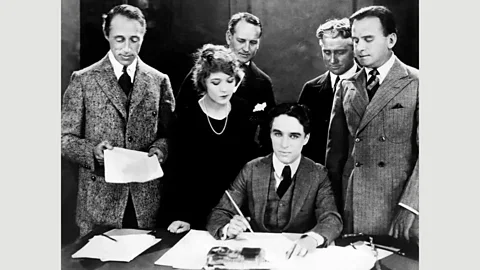 Getty Images
Getty ImagesIn creating UA, they teamed up with Pickford’s off-again, on-again nemesis Griffith – as well as Chaplin, whose sudden career rise had irritated her. Why was this clown making twice as much money? But Pickford tactically decided it was better to unite in power than be divided by egos. The girl who never got to go to school taught all of Hollywood how to be a modern star – in real life, she was nobody’s victim. Pickford was also one of the original founders of the Academy of Motion Picture Arts and Sciences, in 1927.
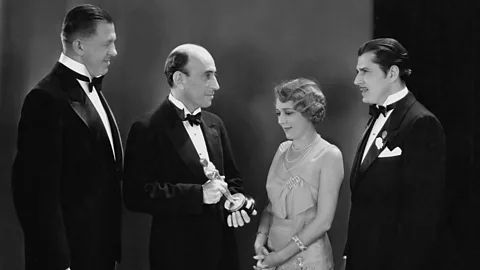 Getty Images
Getty ImagesAs the silent era transitioned to sound, and Little Mary crept towards 40, she made her first flops and quit being in front of the camera forever – but not before winning the second ever Academy Award for best actress, for her first sound-film role in 1929’s Coquette. (The bob she sported in the film shocked fans, with the chopping of her signature curls making the front page of The New York Times.) She’d finally earned enough money to relax, so she wanted to take deMille’s words literally and burn her entire body of work – to throw her whole career in the ashcan. “Why not? I made them,” said Pickford of her millions of feet of footage; two decades of growing up in public that she was ready to move past to become a producer, philanthropist, and civic ambassador. “When I go, my films go.” Luckily, that was her turn to bungle the future: now, little Mary Pickford will never be forgotten.
Source link





